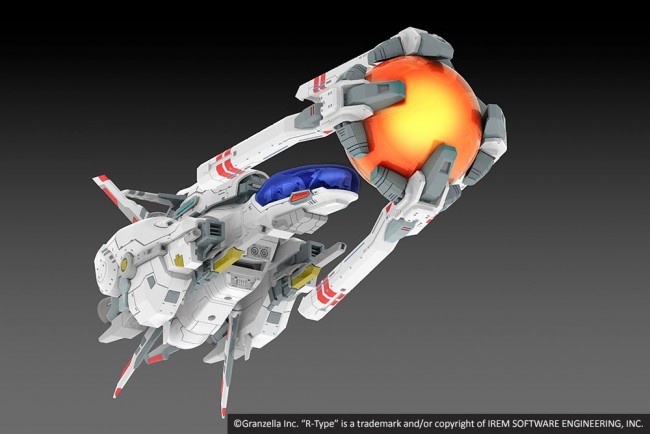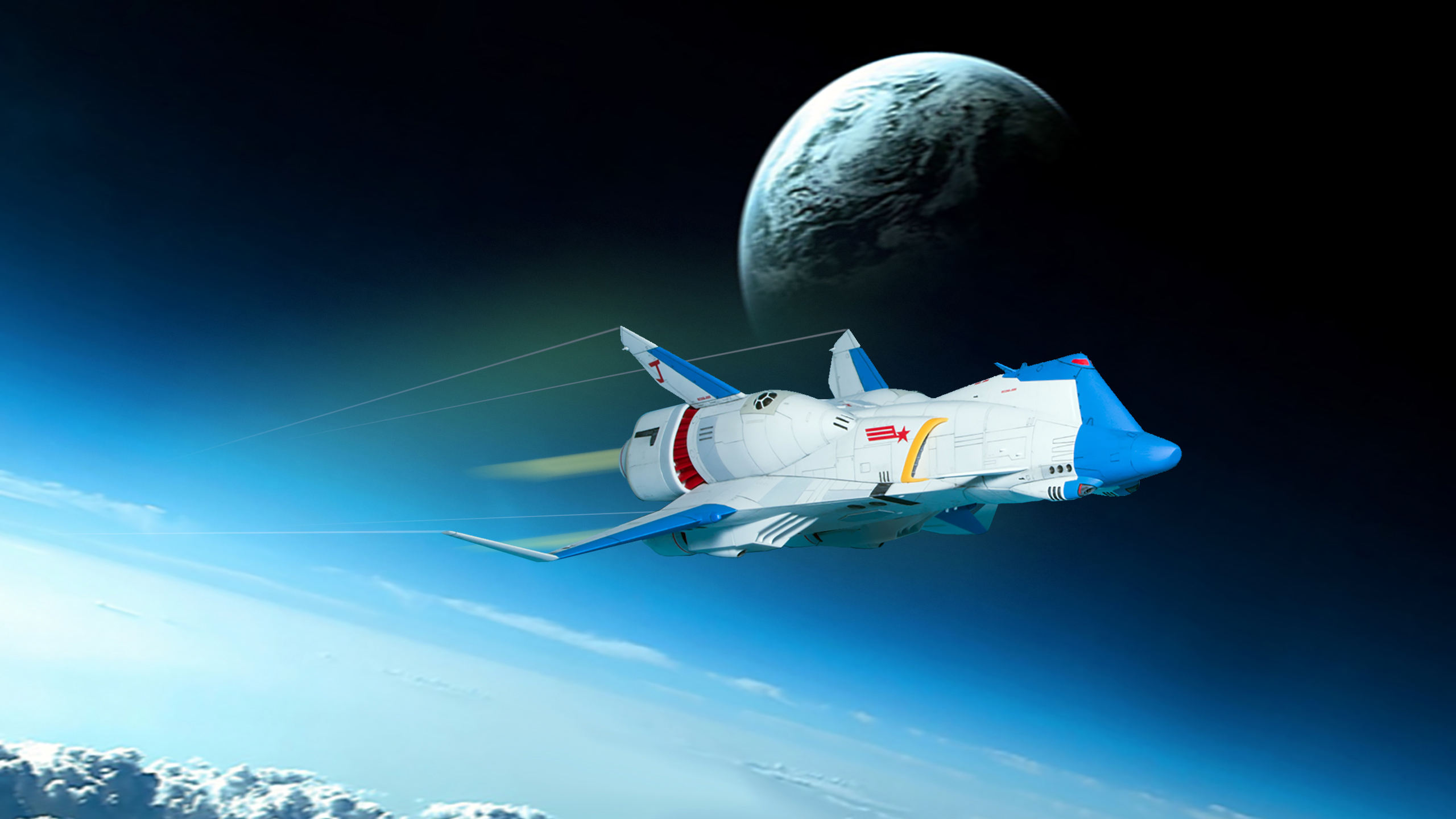Starship Modeler is the complete information resource for the science fiction, factual space, fantasy, mecha and anime scale model builder.
Updated Without Warning - 1 MAy 2023 Edition
|
|
|
|
|
|
|
Want to host a Starship Modeler link? You're always welcome! We value and greatly appreciate every link we get. Check out our Library of Link Buttons for your use. ![[Fimp sez Squonk]](Fimp_pin.gif) |
![]()
Starship Modeler™ is the complete information resource for the science fiction, factual space, fantasy, mecha and anime scale model builder. The site is maintained by John Lester, a wholesome, all-American, starship-modeling kinda guy. Except where noted, all copyrights are retained by the authors. Portions may be reproduced for non-commercial use only (such as club newsletters, etc) with written permission of the authors. We do not maintain this site for commercial gain, but rather to share information on a hobby we find engrossing and exciting. Our reviews represent our honest personal assessments of the individual authors and should not be construed as commercial endorsements by them, or us.
These pages are intended strictly for personal use of those who appreciate the hard work, intelligence, artistry, and effort that go into making real and fictional spacecraft. This site is not intended to infringe on the intellectual properties of any copyright holders. Please address concerns, questions, and any notices we may have inadvertently missed to site administration for resolution.
Copyright © 1996-2022 Starship Modeler. All Rights Reserved. The "Starship Modeler" name and the circle and spaceship SM logo are trademarks of Starship Modeler.
Welcome to our fine print! There's nothing much down here, so why don't you cruise the site and find something more engrossing to look at? And if you're all looked out, go build a model, for heaven's sake!
"Wrongs set right. Damsels rescued. Dragons slain. No reasonable request denied...unless the dragon's REAL big..."




![[Girl Genius - Adventure! Romance! Mad Science!]](girlgenius.07.jpg)
